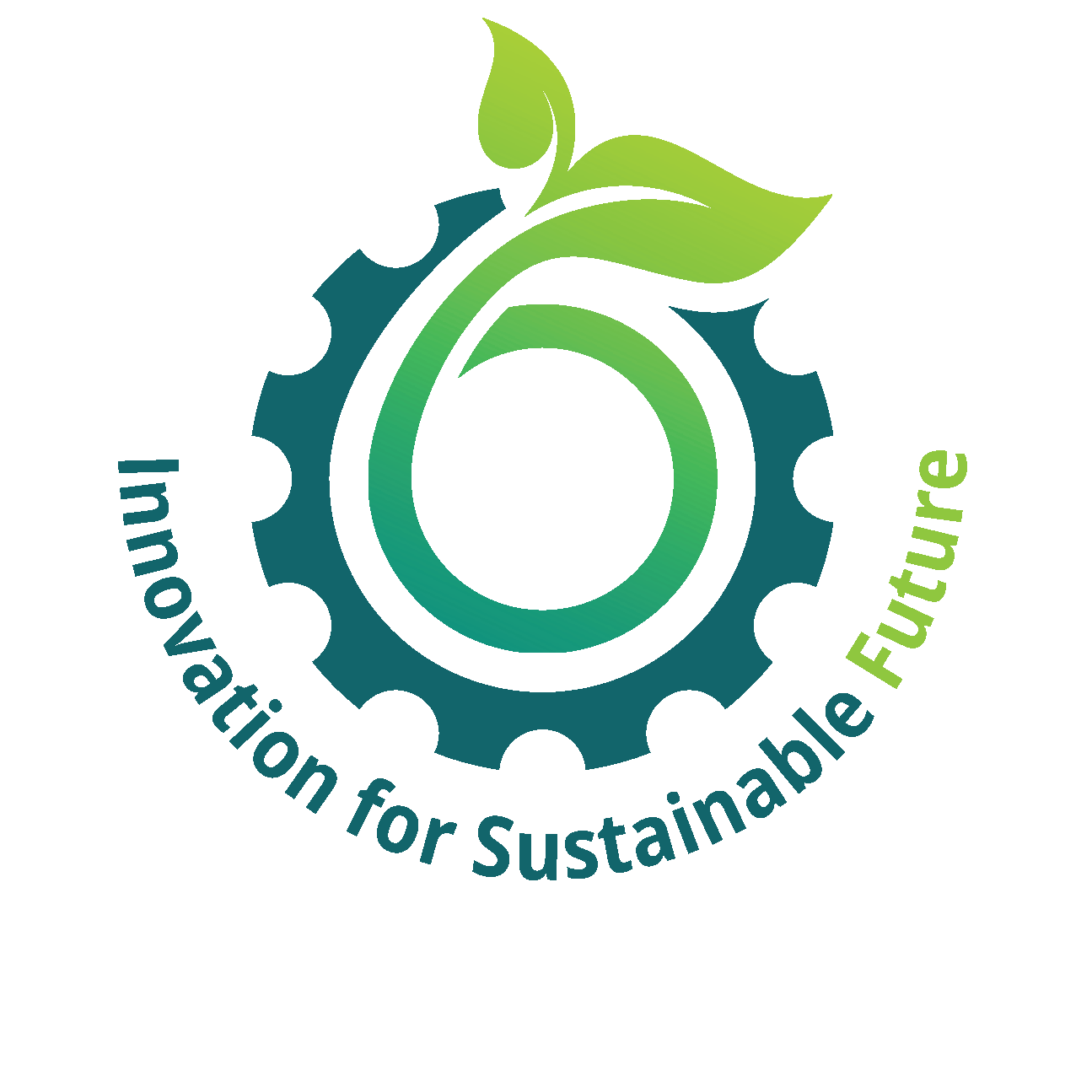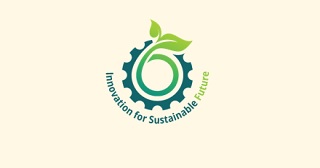Ready for the Next Revolution? 4D Printing Is Changing Everything Editorial
Main Article Content
Abstract
Over the past four decades, 3D printing- also called additive manufacturing-has evolved from a tool mainly used for making prototypes into a powerful technology transforming industries worldwide. It works by constructing objects layer by layer from digital designs. This technology has redefined how we design, produce, and think about products. What began in the 1980s as a way to quickly test product ideas has matured into a powerful tool for innovation. Modern 3D printing is revolutionizing product manufacturing by constructing delicate parts from metals, plastics, ceramics, and even with biological components. Its versatility is paving unique possibilities across industries including healthcare, aerospace, construction, education, and fashion. Instead of molding or carving from bulk materials, 3D printing produces objects layer by layer, utilizing only what is required. This ensures less waste, more precision and also enables to produce more complex, and customized designs at reduced cost. Thus, 3D printing is not only driving greater efficiency but also promoting sustainable manufacturing.
One of the transformative aspects of 3D printing is how it facilitates shifting from mass production to small scale custom manufacturing. For example, in healthcare, one can create prosthetics and surgical models, tailored as per requirement. 3D construction printing technology are building affordable houses faster with reduced materials waste. In fashion, cuisine and art, designers, chefs and artists are leveraging 3D printing to break creative bounderies, and produce unique personalized masterpieces.
The emergence of affordable desktop 3D printers has unlocked a universe of creative possibilities for a wider class of people. From student and hobbyists to small scale entrepreneurs can now transform their ideas into functional products, fuelling innovation and benefitting local communities. This shift to localized cost effective production helps reducing transportation related emission and aids circular economy practices via recycling and reuse. A major boost behind the growth of 3D printing technology arises from the development of new materials. Researchers and scientists are developing biodegradable plastics, recyclable composites, responsive smart materials that react to external conditions like heat, pressure or electrical signals. These novel innovations are opening new avenues for lightweight aircraft components, durable and robust medical devices, and functional items with in-built sensors.
Despite the potential and promises, 3D printing technology suffers from some notable hurdles. Industrial-grade printers and relevant materials remained costly and unaffordable to many. Printing larger size objects with intricate detail is widely time consuming and mainting consistent quality still remain challenging. Additionally, in sectors like medicare and aerospace where safety standards are critical, existing regulatory framework are still lacking in many aspects. From an environmental point of view, while 3D printing reduces waste during production, it’s not completely eco-friendly. Some of the widely used thermoplastics are derived from fossil fuels and are difficult to recycle. Additionally, energy intensive manufacturing process e.g., laser sintering is highly power demanding, thus adding sustainability burden. Addressing these issues requires continuous investment into innovation and commitment to develop a sustainable future.
Looking ahead, it can be said that the future of 3D printing is brimming with possibility. Recent advances in AI and automation are making printers that are more efficient and intelligent. Emerging technologies like multimaterial printing will enable the fabrication of complex products with integrated capabilities. In the bio-fabrication domain, 3D printing may even produce replacement organs. Local manufacring via printer networs could help reducing our dependance on global supply chain, therby enforcing resilience and sustainability.
Ultimately, 3D printing is more than just a technological advancement to provide a new way to make objects. It foster a movement toward creativity, inclusivity and incorporate sustainability in manufacturing. By supporting local production, minimizing waste, and fueling collaborating innovations across industries, it holds huge promise to tackle some of the world’s most pressing challenges.
With the evolution of the 3D printing technology, it is expected that its impact will also continue to grow. If used responsibly,i.e, by priotizing equity, environmental care and by maintaining rigorous quality control, 3D printing has the potential to become the foundation of an adaptable, resilient and sustainable industrial future.
At present, 3D printing has revolutionized manufacturing by offering speed and precision. The introduction of 4D printing can take this innovation further by manufacturing objects layer by layes as 3D printing, but with added advantage of feature-time. These novel objects can alter their shape based on the exposure to external factors., e.g., heat, water, light, or pressure. By this method we can also create self-repairing objects or materials that self adjusts to surrounding conditions. Thus, 4D printing will help to make the product long lasting, reduce waste, thereby aiding eco-friendly design across industries. Although the technology is relatively new, it has the potential to change the product manufacturing and utilization landscape. With further progress and improvement, 4D printing could soon become part of our daily life. The future is not just being shaped – its learning, adapting, and ever-evolving.
Article Details

This work is licensed under a Creative Commons Attribution-NonCommercial-NoDerivatives 4.0 International License.

